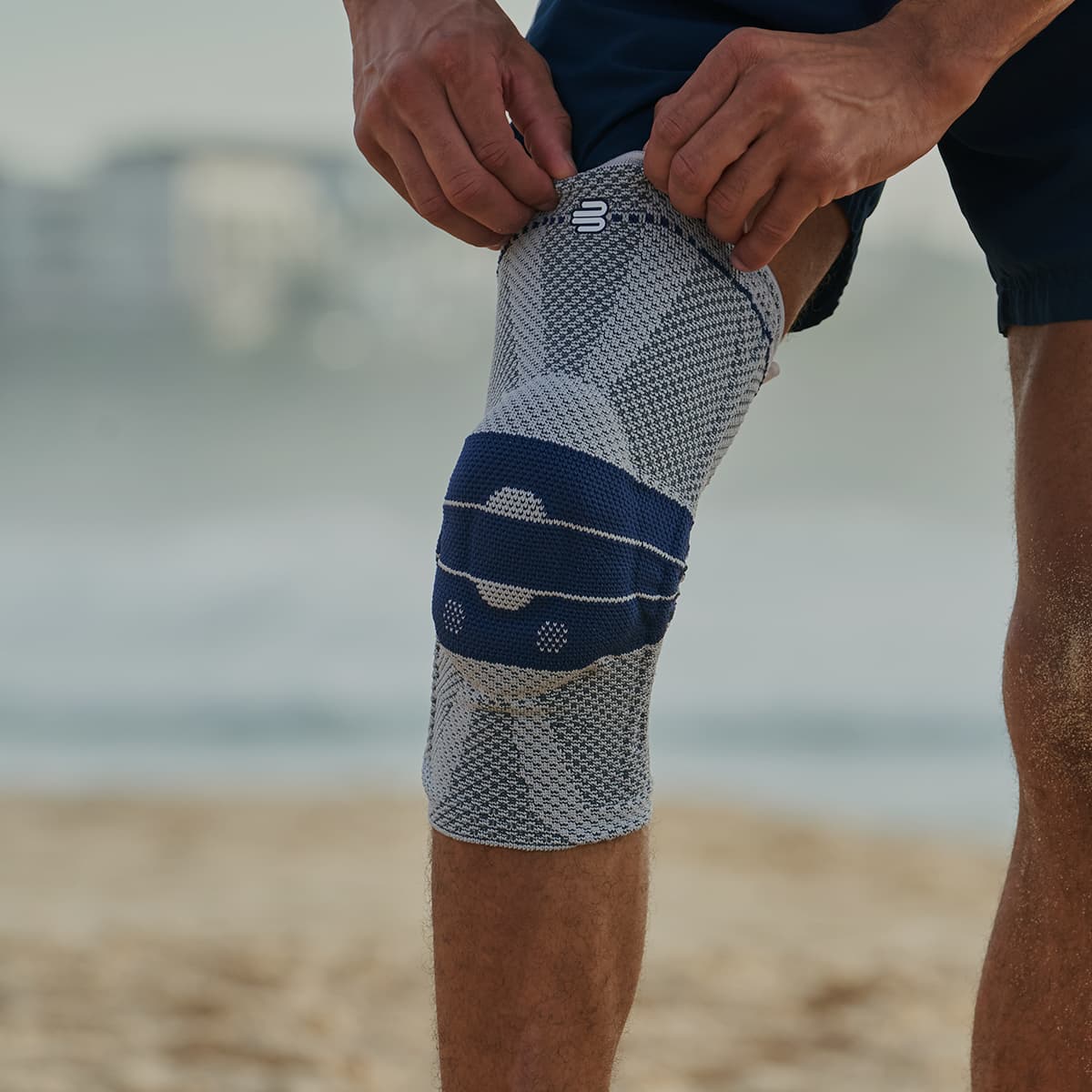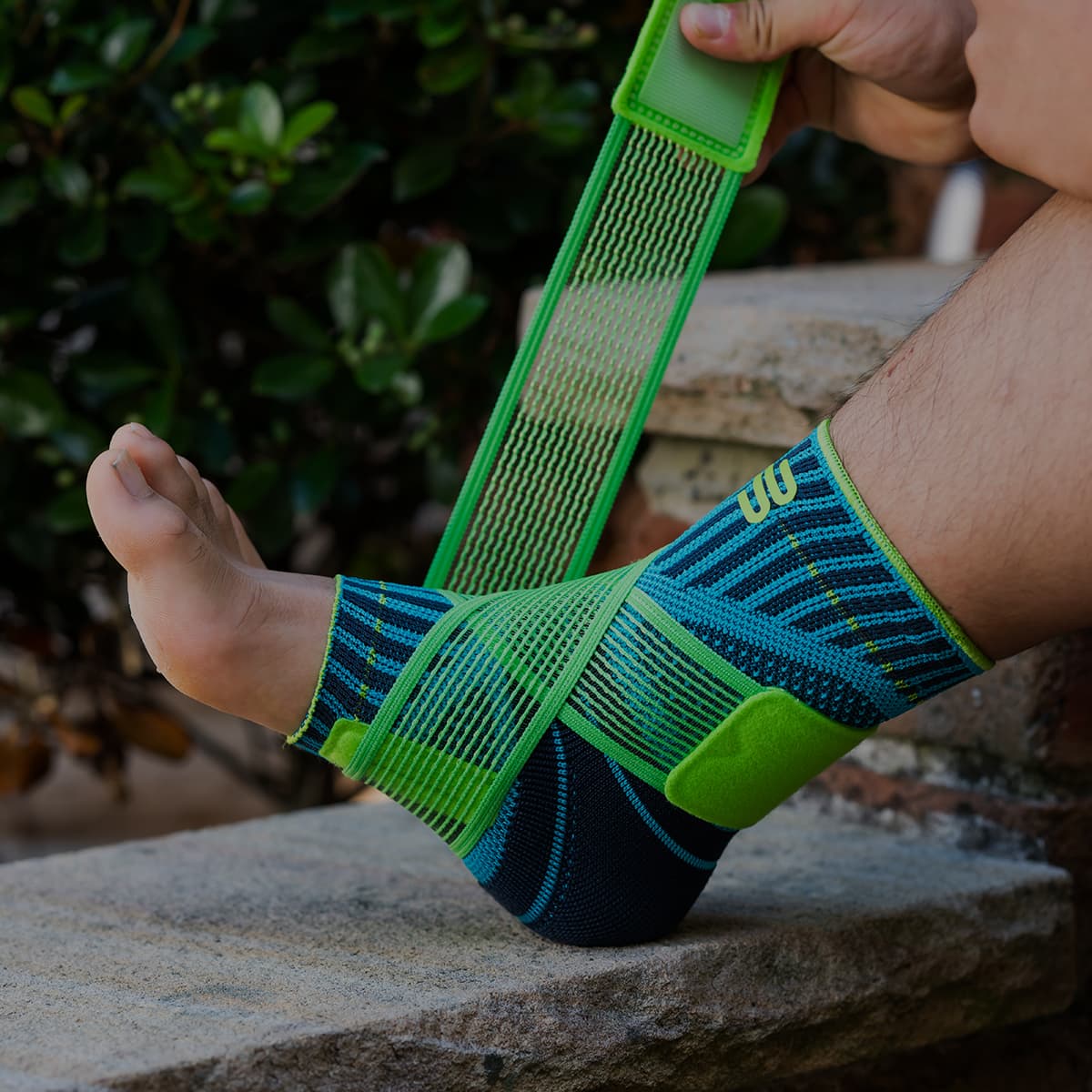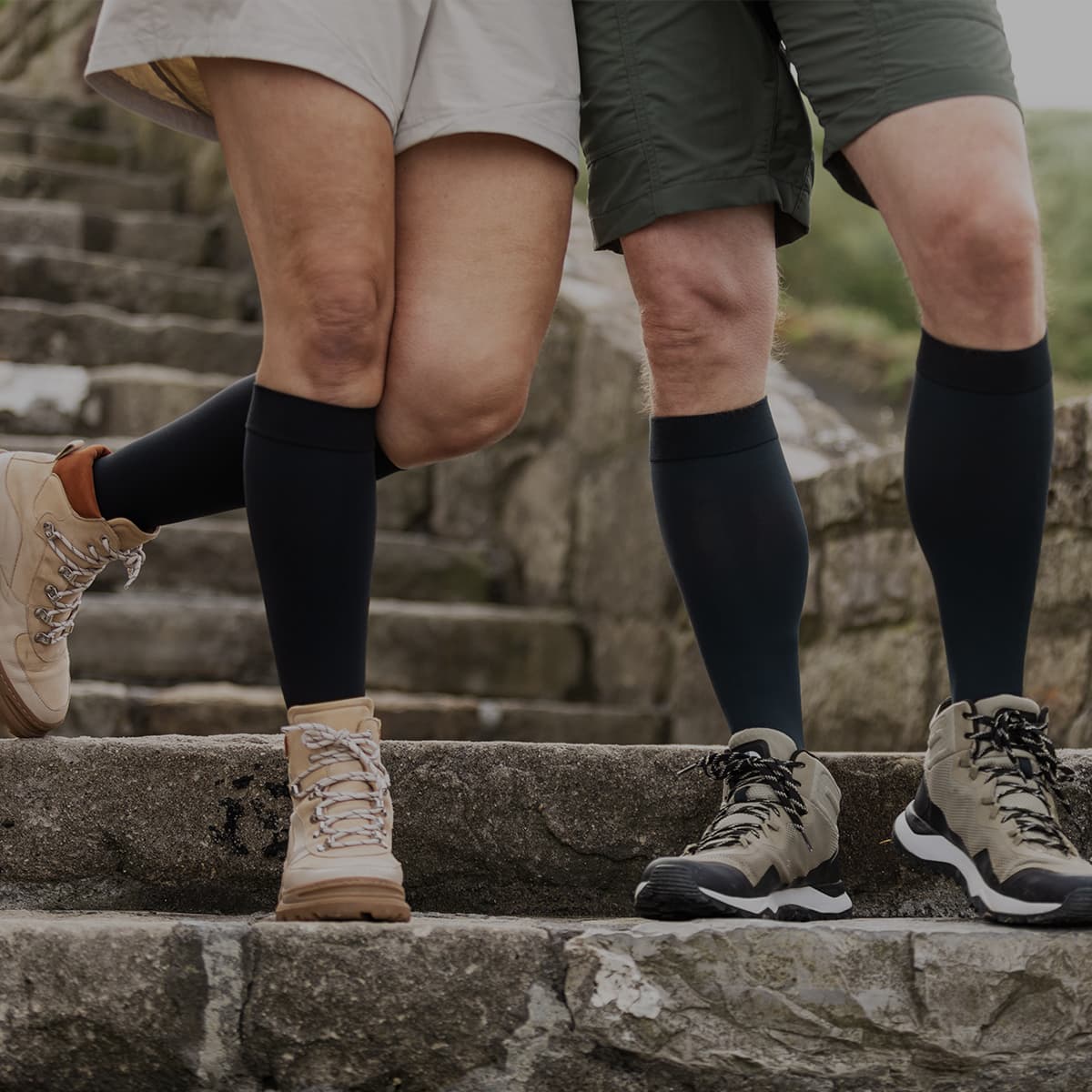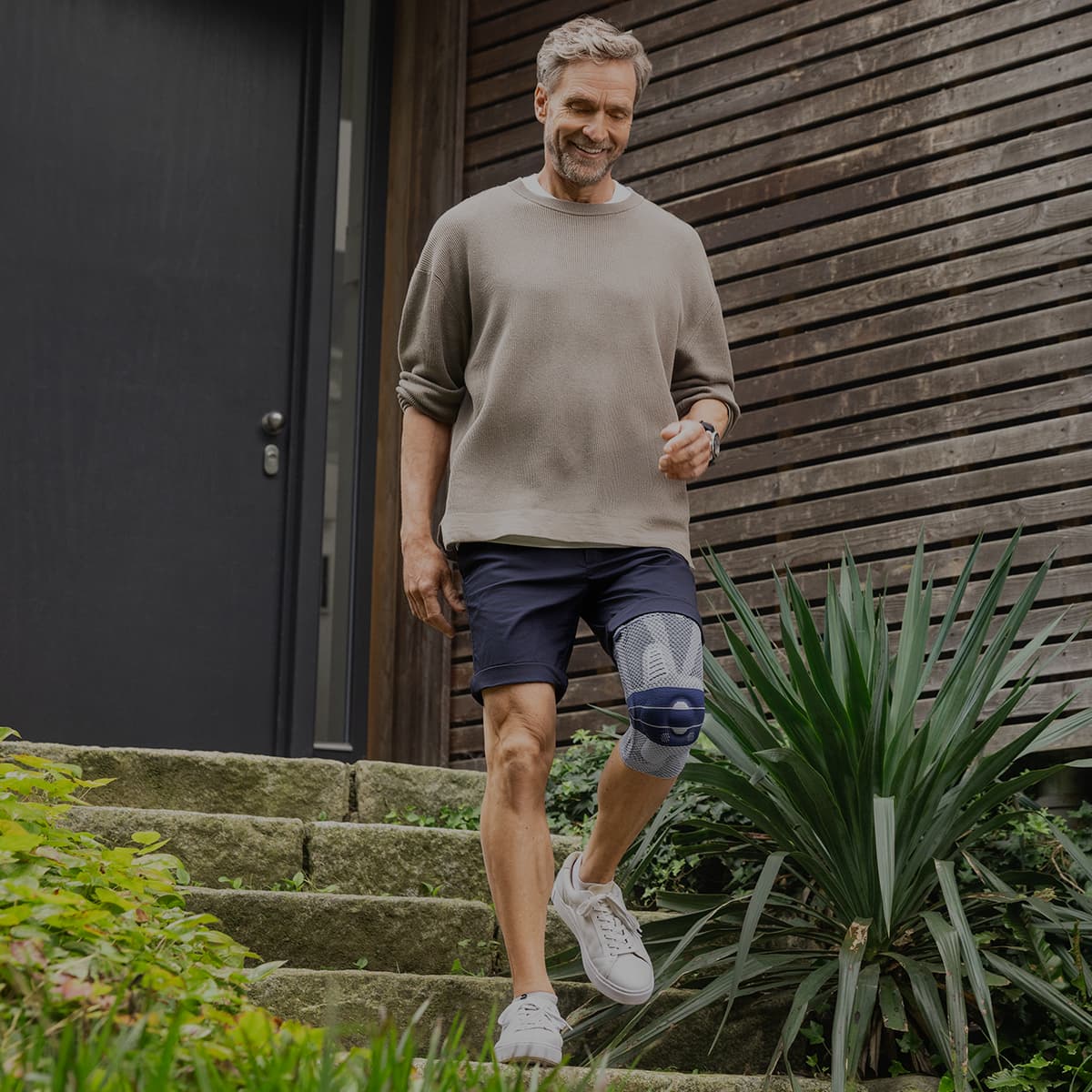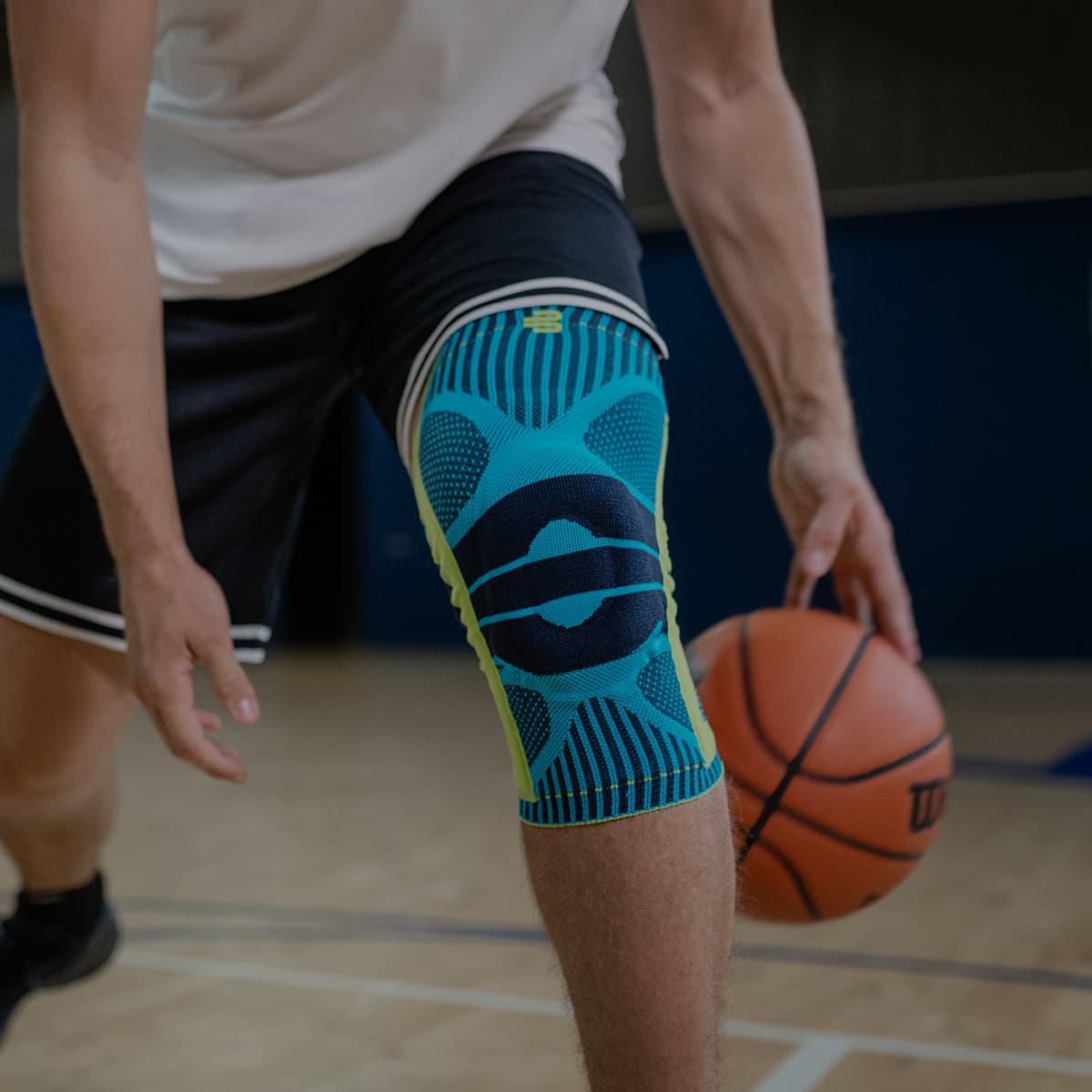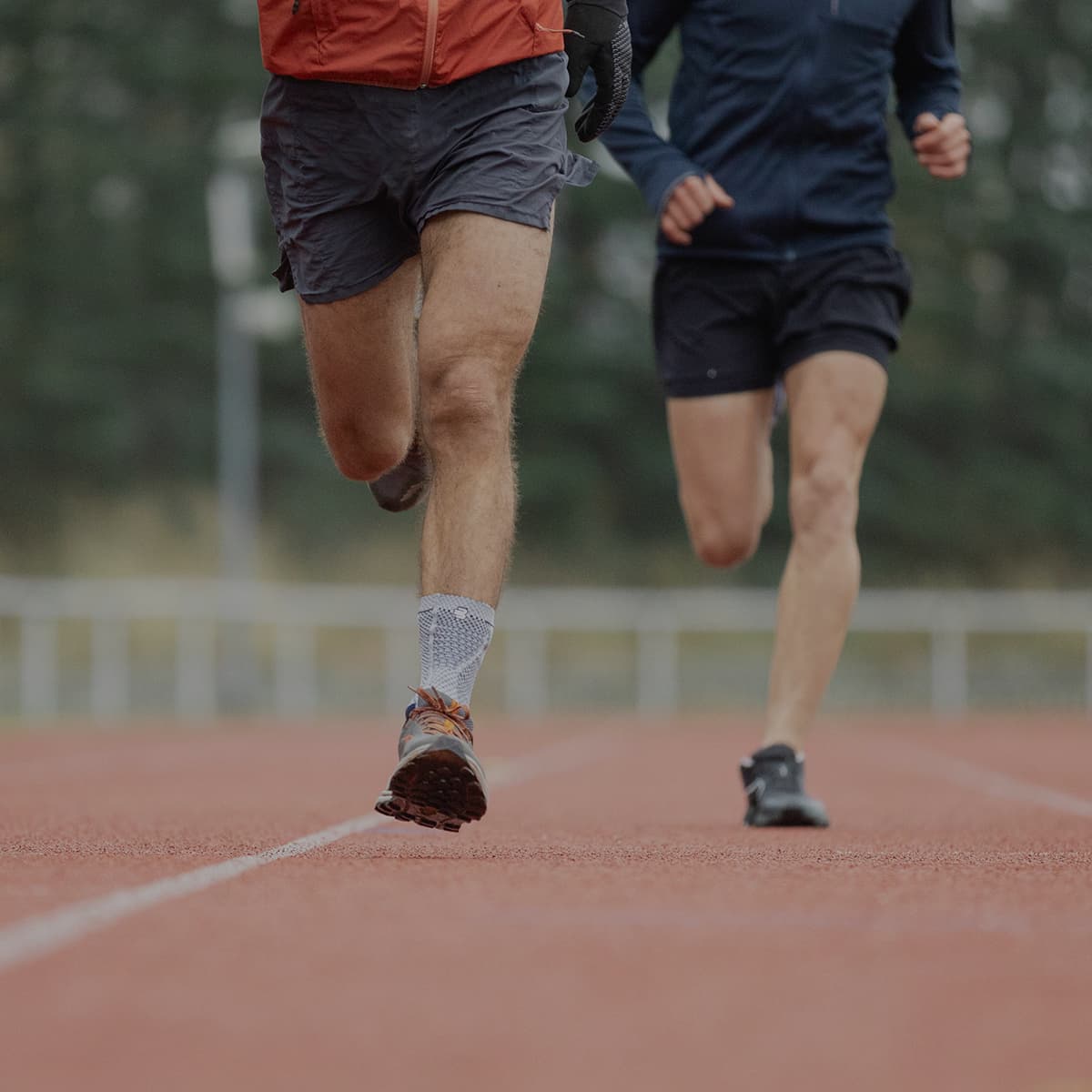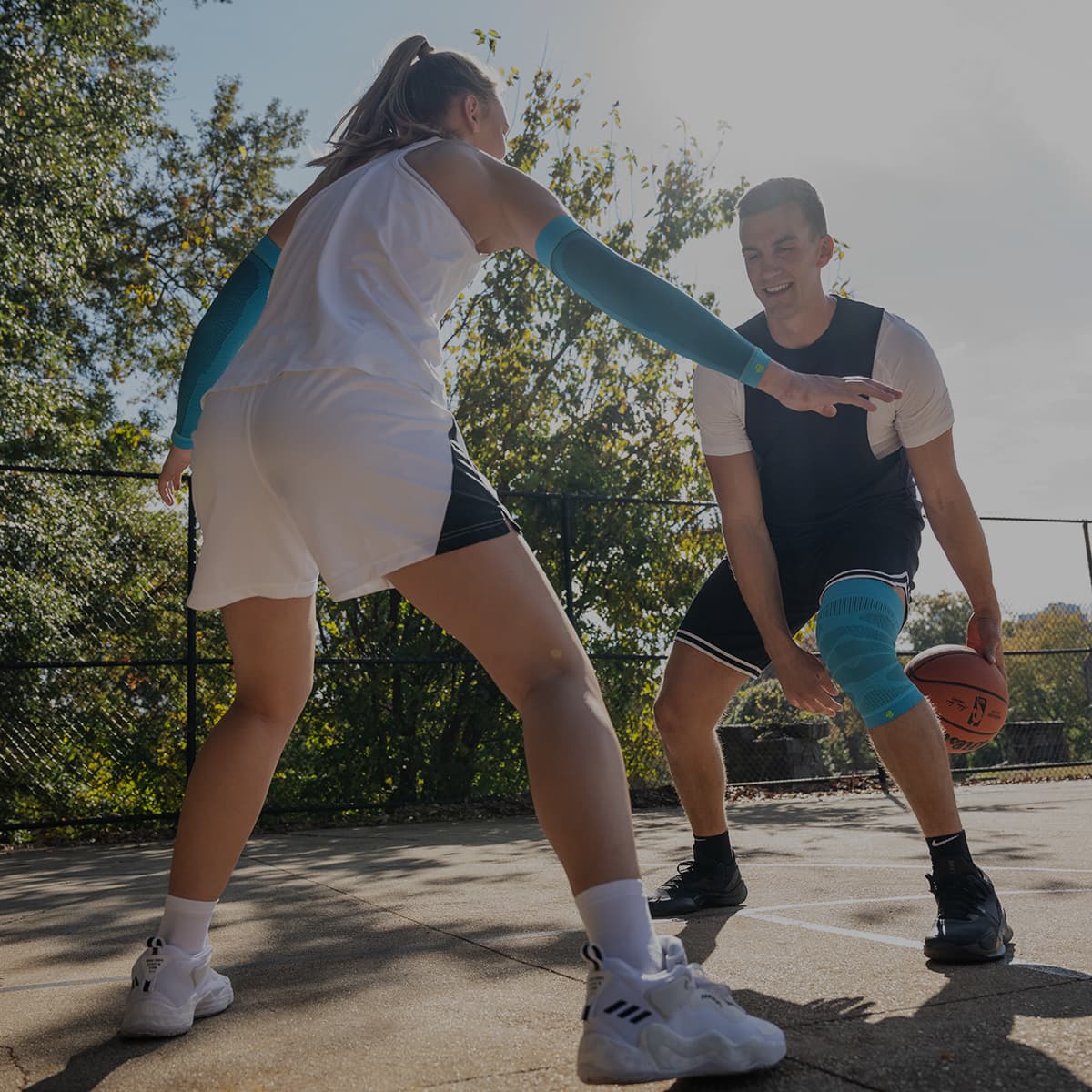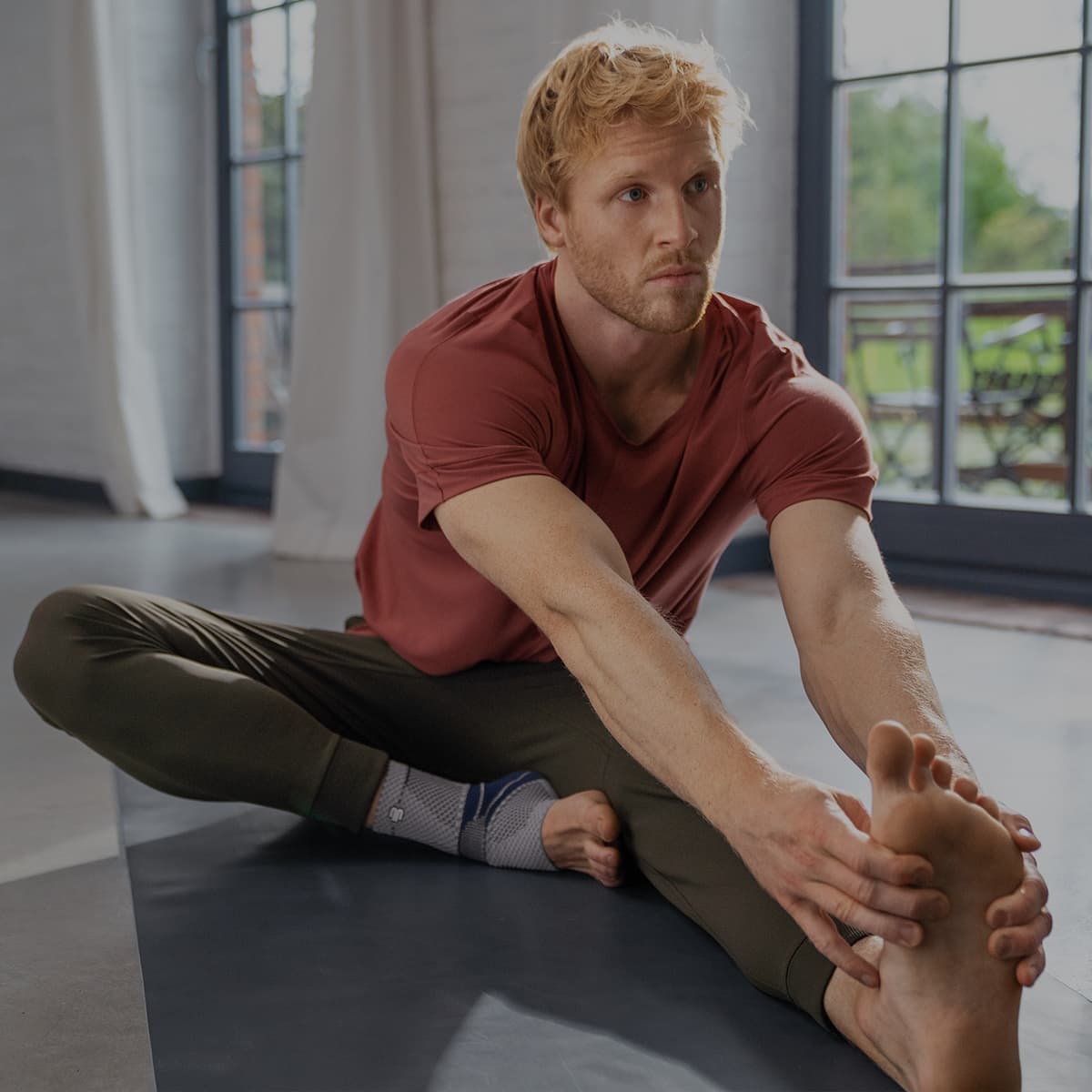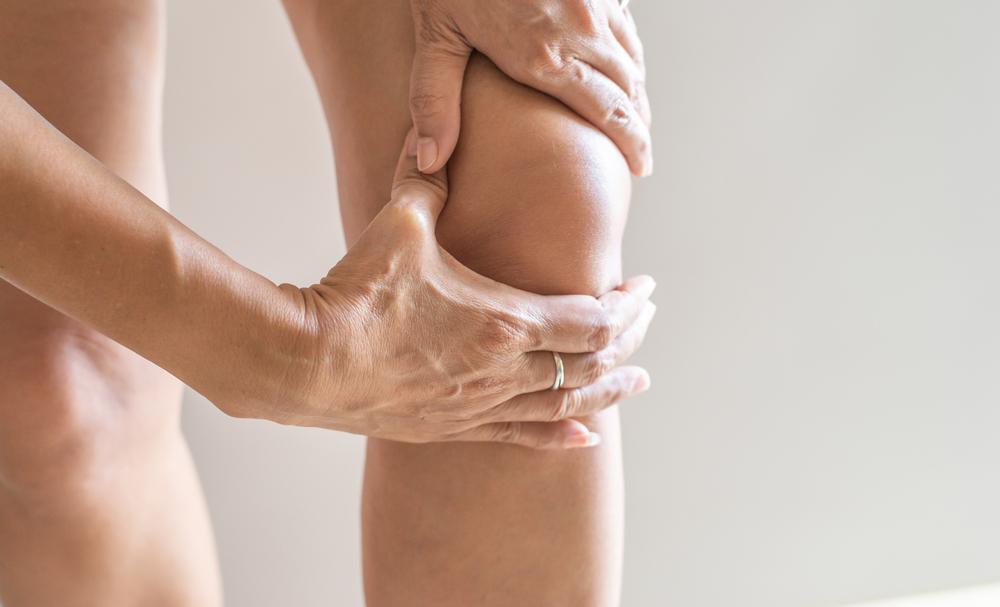Your knees are the largest and often most used joints in your whole body. With the majority of joint problems occurring in the knees, understanding them and how to best protect them is crucial.
To help you navigate the world of knee supports and braces, we’ve written a full definitive guide to knee braces for you. But if you're time poor we’ve taken all that information and squeezed it into a quick guide (below) outlining the top details you need to know.
How does the knee work?
To understand why supports and braces are important, we’re going to give you a quick knee anatomy 101.
The Femur (thigh bone) connects to the Tibia (shin bone) with a layer of cartilage like material called the meniscus sitting between them, acting as a foundation for stable movement and rotation.
The Patella (kneecap) sits in front of this joint to help protect this part of the knee as well as keep it moving properly.
Finally, these three bones are all joined together by a series of ligaments, tendons and other muscles that guide and stabilise the knee in all its movements.
What types of braces are there?
While there’s a wide range of supports and braces out there, and the e-book goes into full detail, here’s a quick summary of each type of support and brace out there
Sleeve – Made of a compressive fabric that sits around the knee, it’s designed to relieve and stabilise the muscles and boost blood flow and muscle activity. Ideal for milder issues and injury prevention during sport and exercise.
Wrap – Similar to a sleeve, it uses Velcro or buckles to fasten to the knee. Not as effective as a sleeve, but useful for people who have low range of motion or mobility.
Hinged brace – These supports use a rigid hinge support on either side of the knee to prevent over-rotating or hyperextension. This is ideal for more serious injuries, especially to the ligaments or meniscus, and protects the joint during recovery.
Unloader – These supports are usually larger and have more rigid components, and are designed to completely minimise pressure on the knee joint itself. These are ideal for osteoarthritis, severe meniscus injury and post-op recovery.
Immobiliser – These supports are designed to prevent the knee from moving, either in certain directions or from moving at all. These are suited to treating and stabilising traumatic injury, as well as assisting in recovery post-op.
Strap – These are not technically a brace but are often used in the treatment of minor knee issues. These are suitable for irritation of the patellar tendon and stabilising the kneecap in minor tracking issues.
Bauerfeind have a wide range of knee supports for virtually every single knee issue and injury there is. For the majority of people, the GenuTrain family is perfect for their knees, combining state of the art compression weave and muscular recovery with targeted gel support for pain relief and nerve stimulation.
For an in-depth look in knee braces & supports check out our Definitive Guide to Knee Braces

